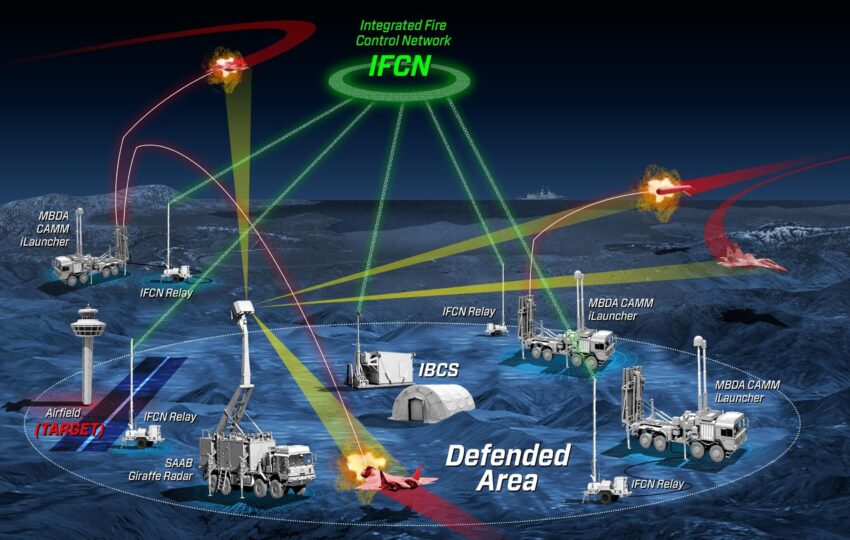AI-Controlled Air Defense: Sky Sentinel Against Drones
A group of Ukrainian engineers has unveiled an innovative air defense turret that utilizes artificial intelligence to combat unpredictable drone attacks and low-flying cruise missiles. Reports indicate that Russia has escalated its military tactics, launching approximately 100 inexpensive drones daily into Ukrainian airspace, leading to significant destruction and casualties. In response to this escalating threat, Ukraine has implemented a diverse range of defense systems, from expensive Western platforms like the Patriot missile system to more traditional anti-aircraft guns and electronic warfare strategies. Now, for the first time, Ukraine has introduced an AI-controlled air defense solution that is economically feasible, costing only a small fraction compared to Western alternatives.
The new system, named Sky Sentinel, resembles a standard manned turret, but it features state-of-the-art technology, including a heavy machine gun that can rotate 360 degrees. What distinguishes the Sky Sentinel is its AI-driven control mechanism. Once activated, this system autonomously detects, locks onto, tracks flying targets, calculates firing solutions, and executes shots. According to statements from UNITED24 Media, which quoted the developers, this level of autonomy enhances efficiency in targeting and combat.
Addressing Engineering Challenges for Precision
Developing this complex system was no easy feat; it required overcoming a common engineering hurdle known as “play.” This term refers to the small mechanical slack in systems that hinders precise targeting. The engineering team was tasked not only with eliminating this play but also with managing external movements of the turret, including rotation, elevation, and recoil motion on a trailer. One engineer highlighted the challenge, stating, “We had to construct a system that moves extensively with no mechanical play,” emphasizing the precision necessary for effective operation.
The focus on eliminating mechanical slack, reducing software latency, and ensuring impeccable optics is paramount for the Sky Sentinel’s success. According to its developers, ensuring all components work in perfect harmony is critical. The system incorporates foreign parts for targeting and rangefinding, as domestic options are currently unavailable, relying instead on continuous visual tracking for effective strikes. This real-time analysis allows the Sky Sentinel to execute precise attacks without the need for expensive guided munitions, thereby keeping operational costs low.
Proven Effectiveness in Combat
Field tests have shown that the Sky Sentinel can effectively engage drones that are significantly smaller than the well-known Shahed model. Reportedly, it can intercept aerial targets traveling at speeds of up to 800 kilometers per hour, including cruise missiles and various types of drones. The developers claim that this system can safeguard both large urban areas and frontline positions, with prototypes already having successfully downed four Shahed drones during testing. While specific operational details are not disclosed for security reasons, the developers indicate future enhancements will expand the capabilities of the system.
The cost-effective nature of Sky Sentinel is one of its standout features. Priced at $150,000, it is a steal compared to Western air defense systems, such as the $4 million Patriot missile. Developers estimate that a city requires between 10 to 30 Sky Sentinels for comprehensive coverage. As production ramps up to deliver dozens of units each month, challenges arise in ensuring that the performance standards remain high, particularly concerning the issue of mechanical play. Nonetheless, the lead developer remains optimistic about achieving these goals.







